- Joined
- 21 January 2015
- Messages
- 12,148
- Reaction score
- 16,351
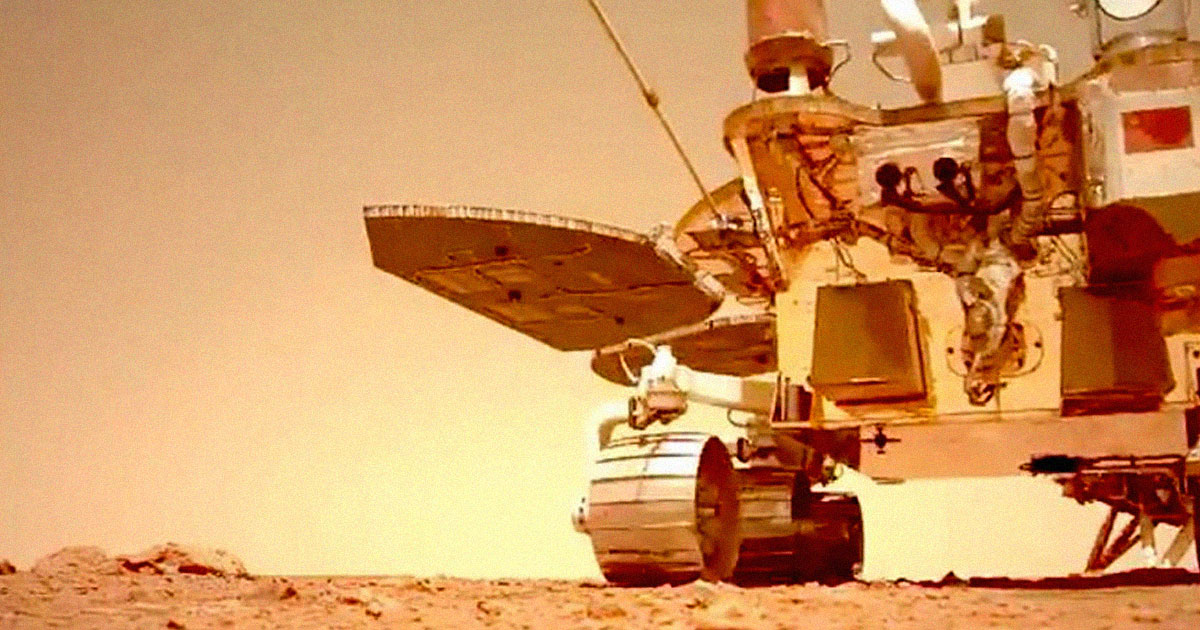
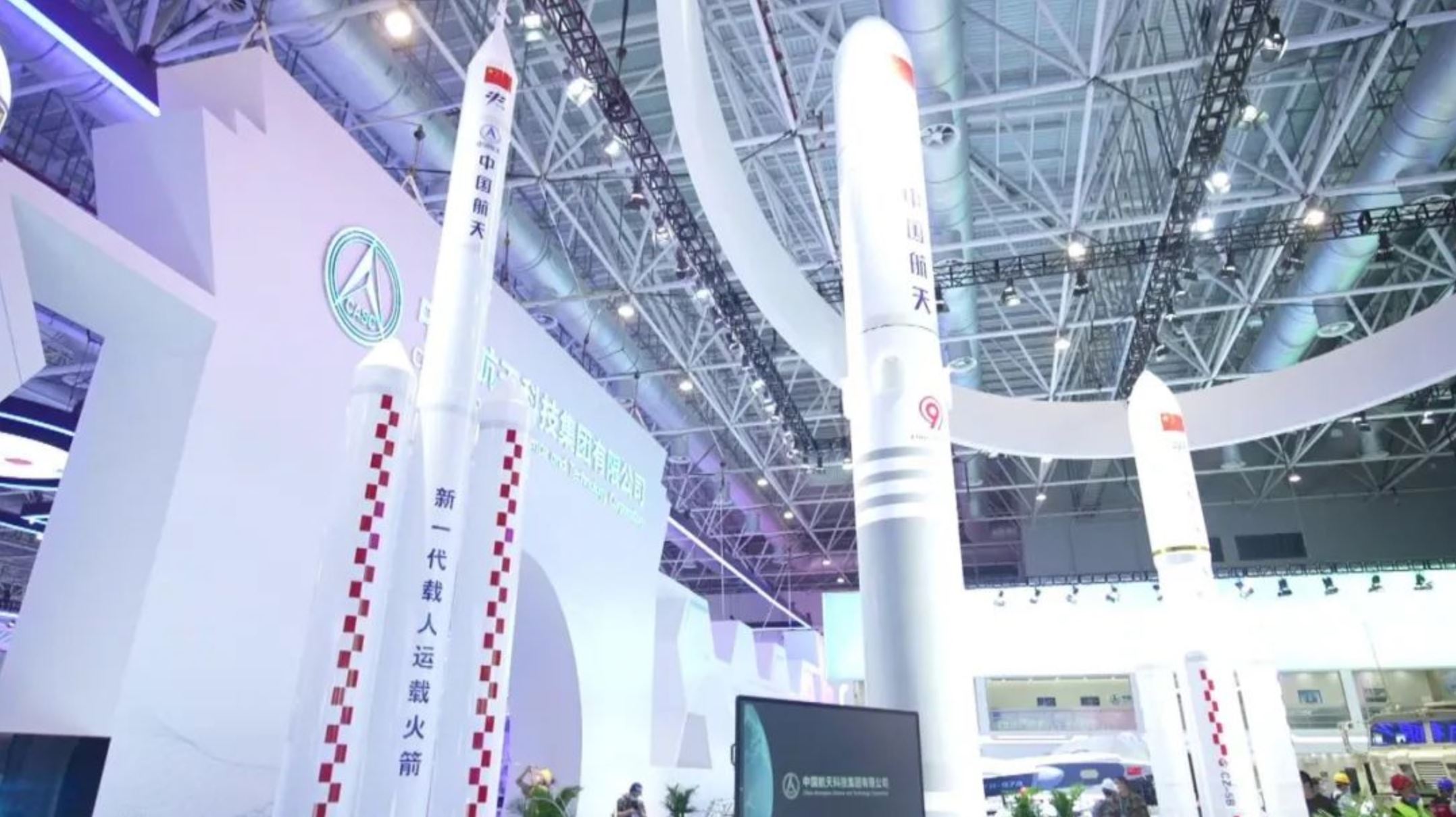
J'en ai mal a ma lune!View: https://twitter.com/CNSpaceflight/status/1650341255627542529
CNSA announces that 1.5g Chang'e-5 lunar sample has been shared with France during Macron's state visit in early April and another 1.5g with Russia during Putin's visit in 2022.
CNSA has recently released a big volume of data by Zhurong's Navigation and Topography Camera and @shujianyang converted them into 810 jpg files https://weibo.com/7394207363/MEcSum14v
More pictures from Mars surface taken by Zhurong Mars Rover after its landing are being released recently. Pic 1 edited by @areoinfo, Pic 2 (810 photos) collected by Weibo:空间栈 buff.ly/3n5ofla
Liquid water on Mars in low attitudes. Researchers studied data from NaTeCam, MSCam, and MarSCoDe instruments aboard Zhurong Mars Rover, and discussed the possibility of water activity at low latitudes during the contemporary period on Mars.
Space-Track has issued a decay notice for the Chinese spaceplane's subsatellite 2022-093J. The last orbit data set for it was Mar 29. This suggests that the spaceplane captured the subsatellite then and it remained aboard the plane until landing.
Long March 9
(c) Deep Space Exploration Laboratory
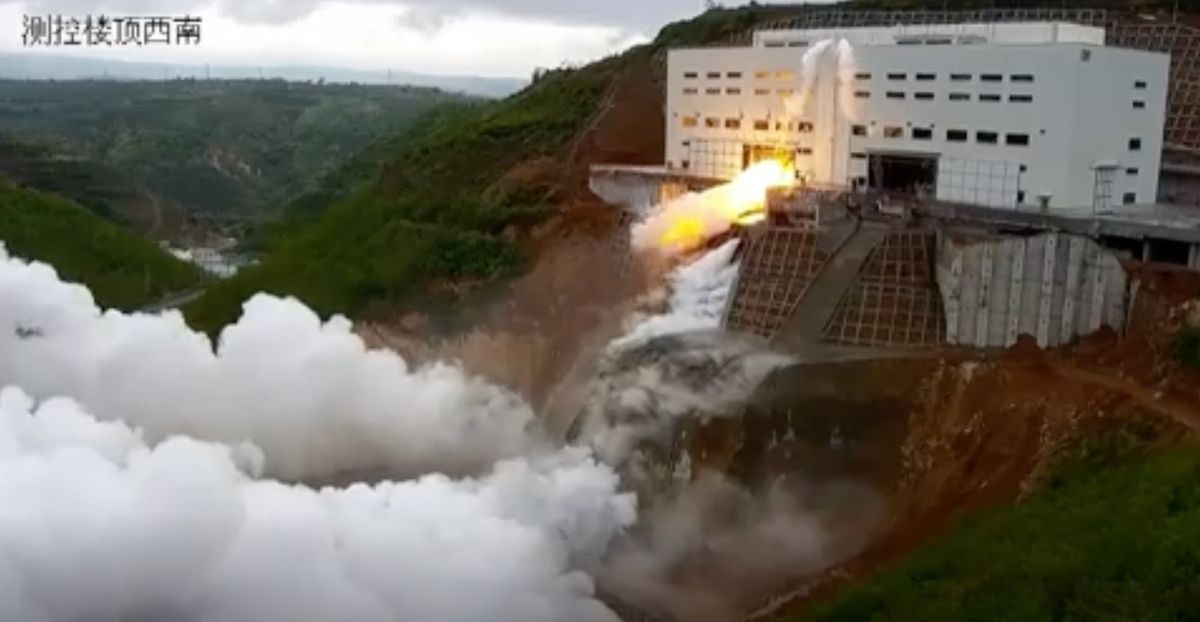
New designs of CZ8 rockets - basic and upgraded models. It seems that CNSA/CASC might have given up developing rocket recycling technologies on CZ8 series, reasons unknown to the public. Source: https://buff.ly/45uqI9M

Great overview of the Chang'e-5 mission results here:
- sample breakdown and water content
- reveals the Moon was still volcanically active 2 billion years ago
- unique example to study meteorite impact, solar wind irradiation
Succesful launchLandSpace prepare second Zhuque-2 launch
View: https://twitter.com/Cosmic_Penguin/status/1677633285353279489
Wow! Close-up look at Zhuque-2 Y2 launch. Nice shot of the methane CH4 flame. Credit: LandSpace, @byspto
LANDSPACE released more footage of the launch of Zhuque-2 Y2
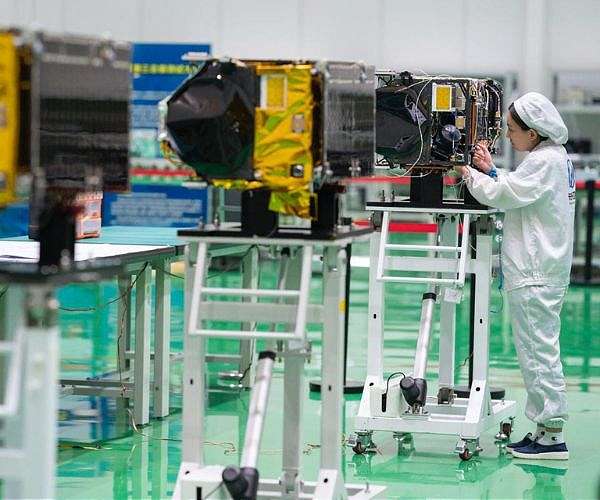
China's Chang'e-6 lunar sample return mission will target the southern part of the 490 km diameter Apollo basin on the far side of the Moon, with the aim of collecting material excavated from the lunar mantle. Launch in 2024.
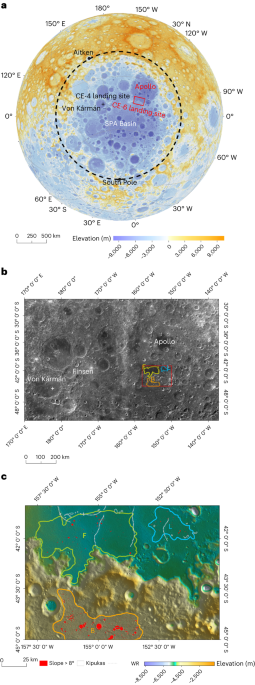
Landing site of the Chang’e-6 lunar farside sample return mission from the Apollo basin
Xingguo Zeng, Dawei Liu, Yuan Chen, Qin Zhou, Xin Ren, Zhoubin Zhang, Wei Yan, Wangli Chen, Qiong Wang, Xiangjin Deng, Hao Hu, Jianjun Liu, Wei Zuo, James W. Head & Chunlai Li
Abstract
To address questions about the multiple lunar nearside–farside dichotomies and to provide new insights into both the early impact history of the Solar System and the geological evolution of the Moon, the Chang’e-6 (CE-6) landing zone has been selected to lie within the lunar farside South Pole–Aitken (SPA) basin in the southern part of the Apollo basin (150–158° W, 41–45° S), a site that provides access to a diversity of SPA material. Here, we describe the geomorphology, geology and chronology of three candidate sampling sites within this zone that are likely to ensure safe landing and sampling. The geological characteristics indicate that CE-6 is expected to collect lunar farside SPA ejecta fragments, possible mantle material and young (roughly 2.40 Gyr-year-old) and/or old (roughly 3.43 Gyr-year-old) basaltic material, all of which will provide important guidance for future in situ farside sample collection and deepen our understanding of the evolution of the Moon.
Official announcement for Chang’e 6 moon mission
Mission: sample return from lunar far side
Location: South Pole–Aitken basin
Launch time: May 2024
Coordinate: S43, W154
Carrier rocket: CZ5
Duration: 53 days
Source: buff.ly/3EXWsbG
Finally, CNSA updated Yutu-2 rover's driving trajectory on far side of the moon.
#HappyMidAutumnFestival
And a panoramic view from Yutu-2
wx3.sinaimg.cn/large/002TLsr9…
ILRS: CNSA's chief engineer Li Guoping says the Chang'e-8 (lander, rover, robot) lunar South pole landing mission is open to proposals for international cooperation.
Wang Qiong, deputy Cchief designer of the Chang'e-8 mission, introduces the preliminary landing areas for the mission
Constraints for piggybacking on CE-8:
A few more slides and new details on Chang'e-8, breaking down segments, payloads, etc.
CASC showcased an in-orbit manufacturing tech, with prototype printing 43m rod. Plans are in place to test this tech on future tech validation satellite soon. Source: buff.ly/3FLL7vL
